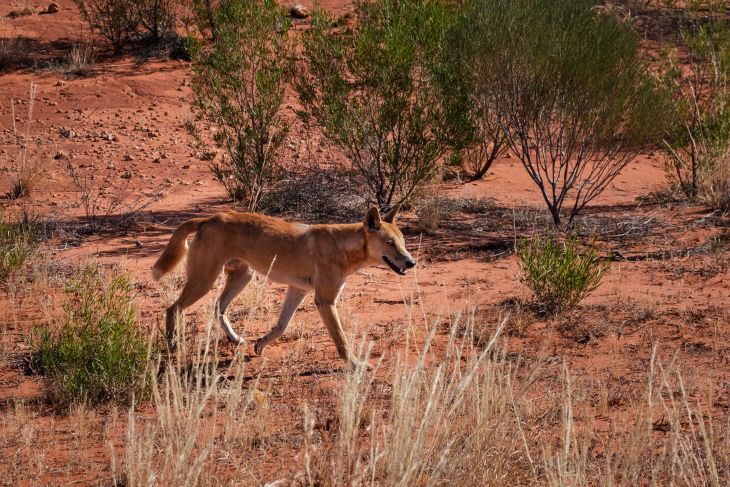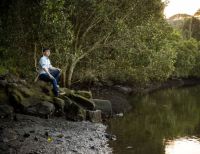
So when we looked at Victorian dingoes, nearly 90% of the animals we tested were pure dingoes. In NSW, over 60% of the animals we tested were pure dingoes and only two animals had less than 70% dingo DNA.
Dog ancestry was more common in NSW and Queensland dingo populations where there were intensive lethal control programs, such as aerial 1080 poison baiting, along with higher numbers of pet domestic dogs. One explanation is that lethal control programs carried out during the dingo breeding season may increase the risk of dingo-dog hybrids, as it does for wolves and coyotes in North America. Australian aerial baiting programs can kill up to 90% of the dingoes in an area, reducing the availability of mates for any remaining dingoes.
These findings have important implications for our knowledge of dingoes and how they are managed. We need to ensure public policy is built on robust, up-to-date knowledge of dingo identity and ancestry.
Wildlife managers and scientists should ensure that the DNA testing methods they use are accurate and fit for purpose. It is crucial that updated genetic surveys be carried out on dingoes, using the latest DNA methods to inform local dingo management plans.
Dingo conservation plans should consider the presence of geographic variation and the differing threats the four dingo populations may be facing.
Currently, dingoes fall into a grey area: because they are both a native animal and agricultural pest; and because their identity has become ambiguous due to the widespread adoption of the term wild dog.
Lethal control programs have been extended into conservation areas, including national parks, with the primary purpose of minimising livestock losses on neighbouring lands.
During 2020-2021, NSW dropped more than 200,000 1080 poisoned meat-baits from planes and helicopters to suppress “wild dogs”.
This year Victoria renewed its “wild dog bounty” program. It pays landholders A$120 per wild dog body part. Under the scheme, about 4,600 “wild dog” body parts have reportedly been redeemed since 2011.














